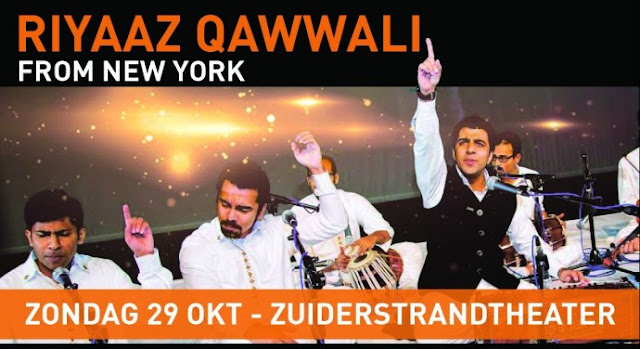Pakistani music incorporates different
components running from music from different pieces of South Asia just as
Central Asian, Middle Eastern, and current Western mainstream music impacts.
With these various impacts, an unmistakable Pakistani sound has risen.
Old
style Pakistani music depends on the customary music of South Asia which
was belittled by different domains that governed the district and brought forth
a few sorts of great music including the Klasik and Hindustani traditional
music. The traditional music of Pakistan has two primary standards, 'sur'
(melodic note) and 'lai' (mood). The methodical association of melodic notes
into a scale is known as a raag. The course of action of beat (lai) in a cycle
is known as taal. Ad lib assumes a noteworthy job during a presentation.
There are numerous families from gharanas
of old style music who acquired the music from their progenitors are as yet
performing. Some renowned gharanas are: Qwaal Bacha gharana (Ustad Nusrat Fateh
Ali Khan and Rahat Fateh Ali Khan have a place with this gharana), and Patiala
Gharana (Shafaqat Amanat Ali Khan has a place with this gharana).
Ustad Ghulam Farid Nizami a conspicuous
sitar player and a Sufi vocalist has a place with the Senia Gharana. Number of
different gharanas is available in Pakistan which serves traditional music.
Some traditional artists like Ustad Badar uz Zaman don't have a place with any
popular gharana however has served old style music gigantically. The
unbelievable sitar player Mohammad Sharif Khan Poonchhwaley has a place with
Poonch gharana of sitar. Ustad Rais Khan is another unmistakable sitar player
of Pakistan.
Shaukat Hussain, Tari Khan and Tafo Khan
have been types of traditional tabla playing from Pakistan. Talib Hussain was
one of the final pakhawaj players of Pakistan and was a perceived expert of the
Punjab gharana style of drum-type instruments. In verse, the ghazal is a
graceful structure comprising of couplets which offer a rhyme and a hold back.
Each line must have a similar meter. Etymologically, the word actually alludes
to "the human cry of a gazelle". The creature is called Ghizaal, from
which the English word gazelles stems, or Kastori haran (where haran alludes to
deer) in Urdu. Ghazals are customarily articulations of affection, partition
and forlornness, for which the gazelle is a fitting picture.



No comments:
Post a Comment